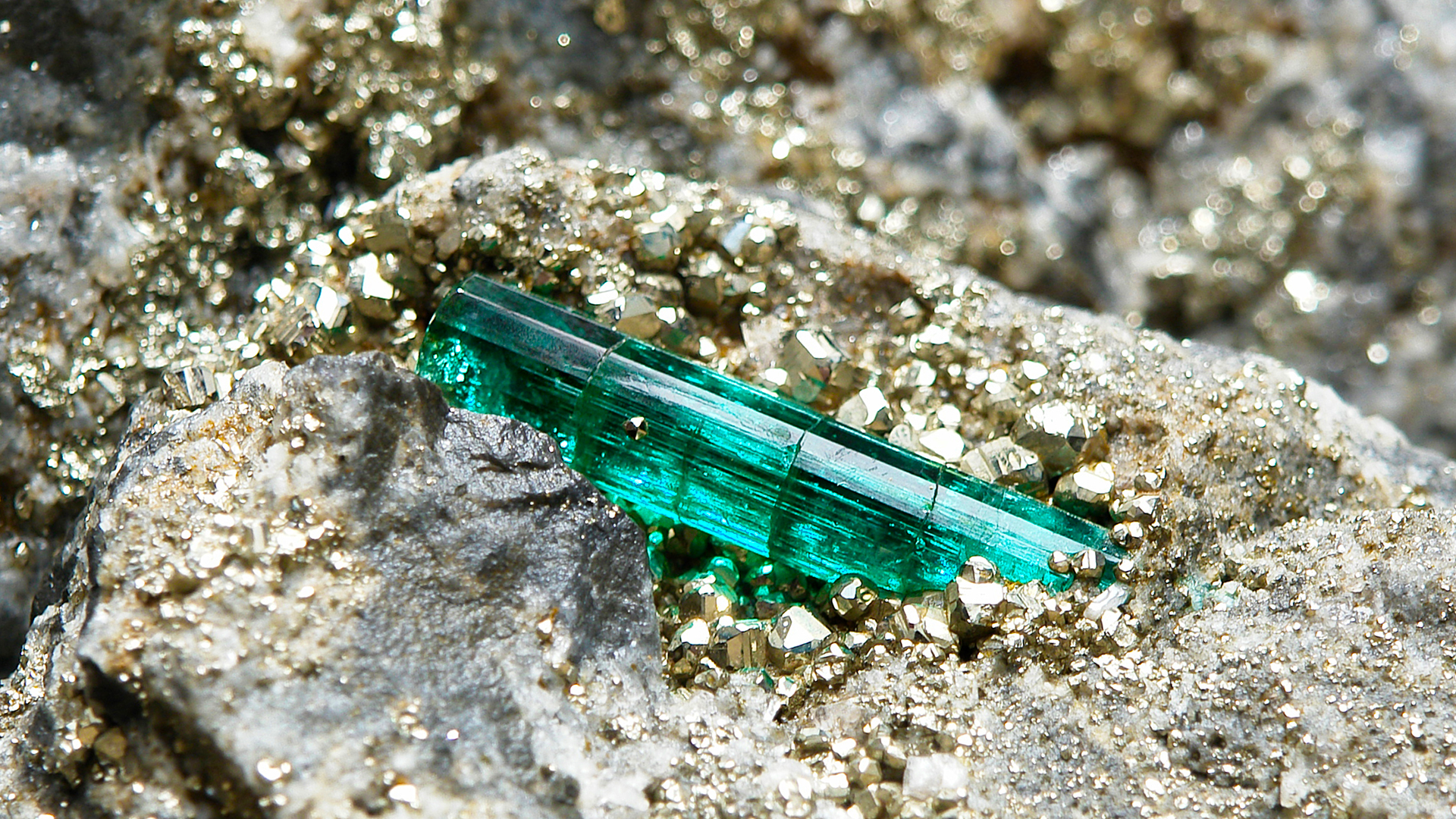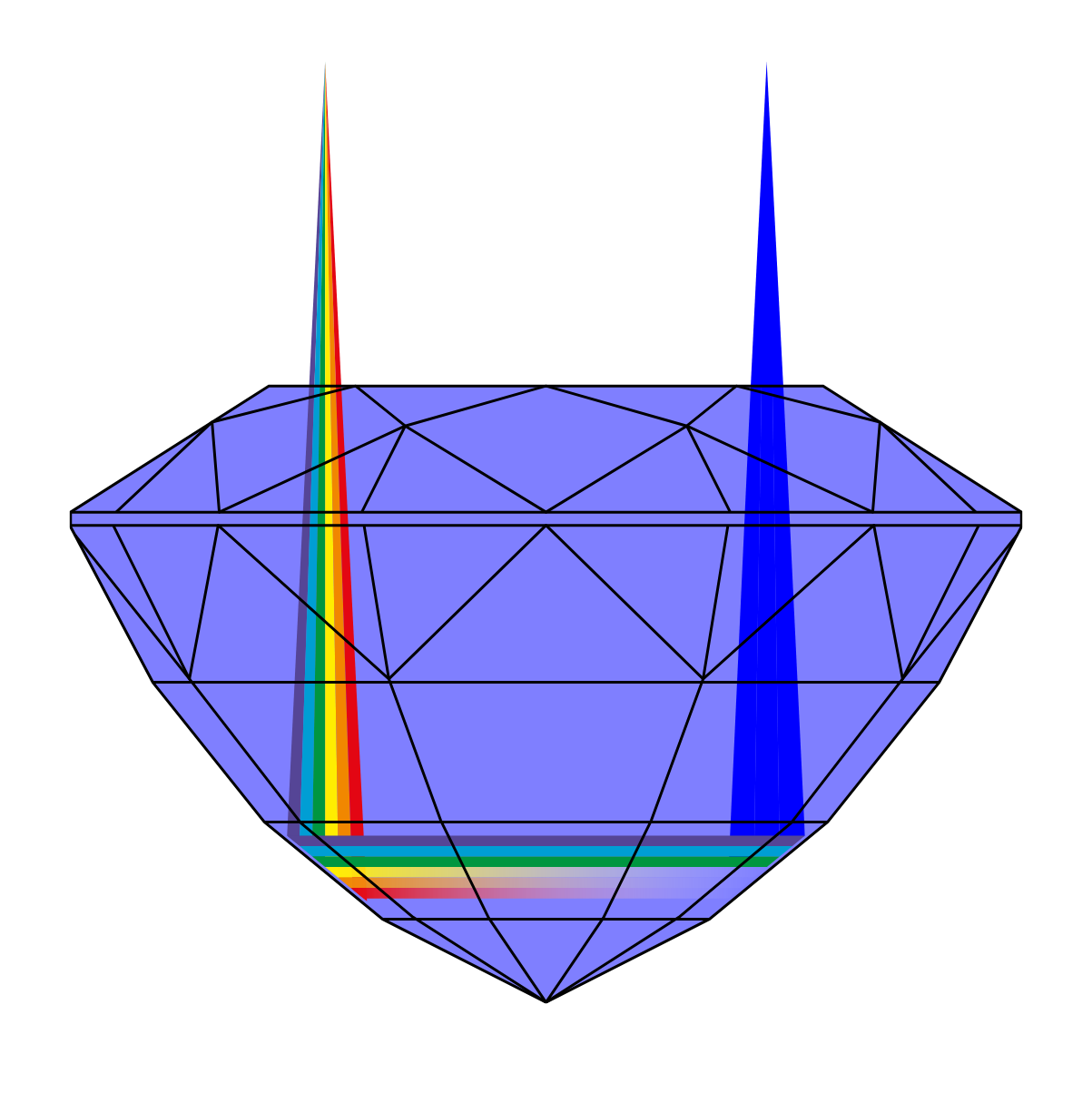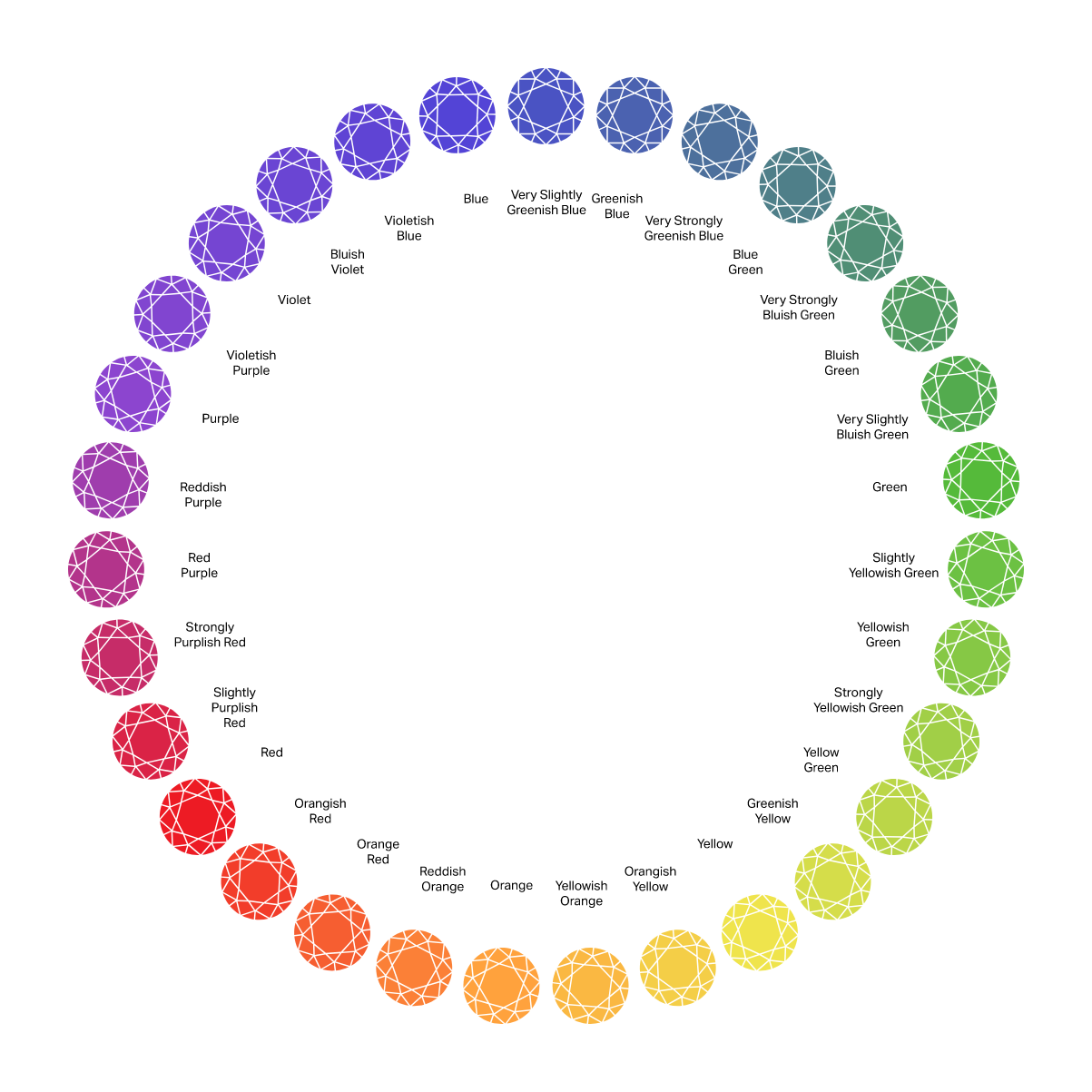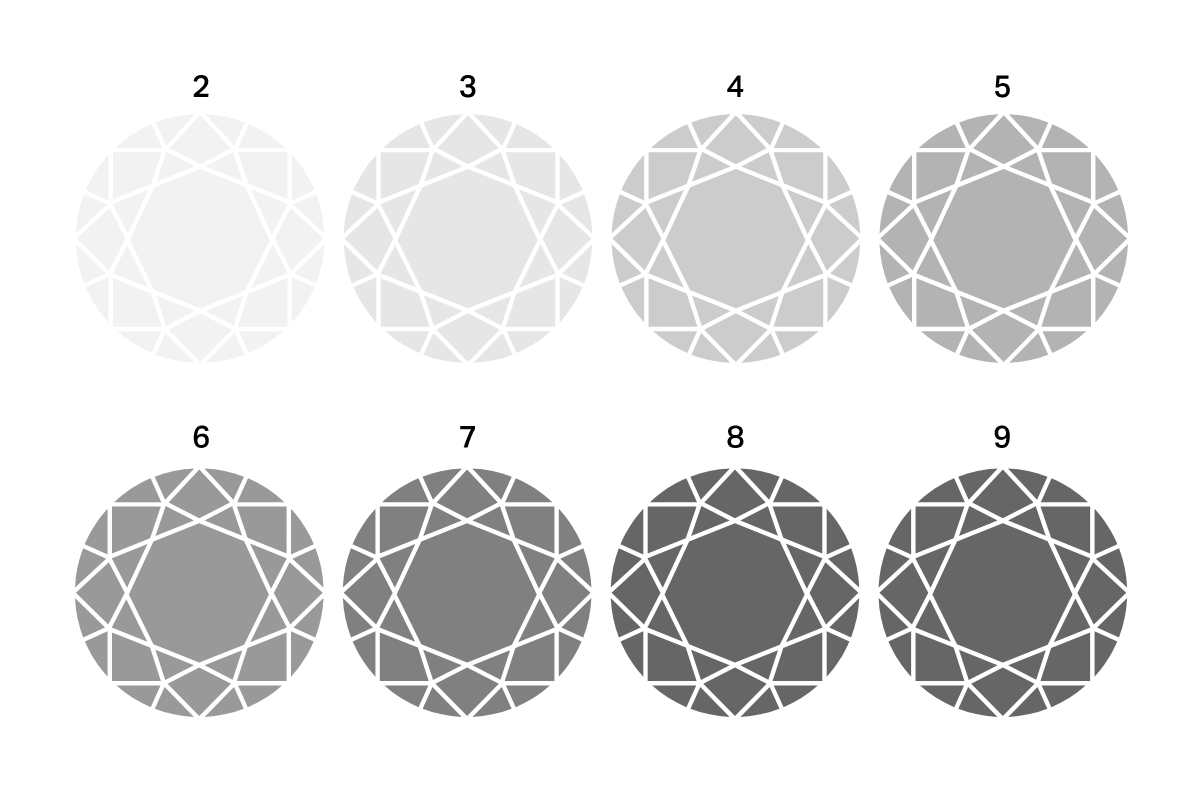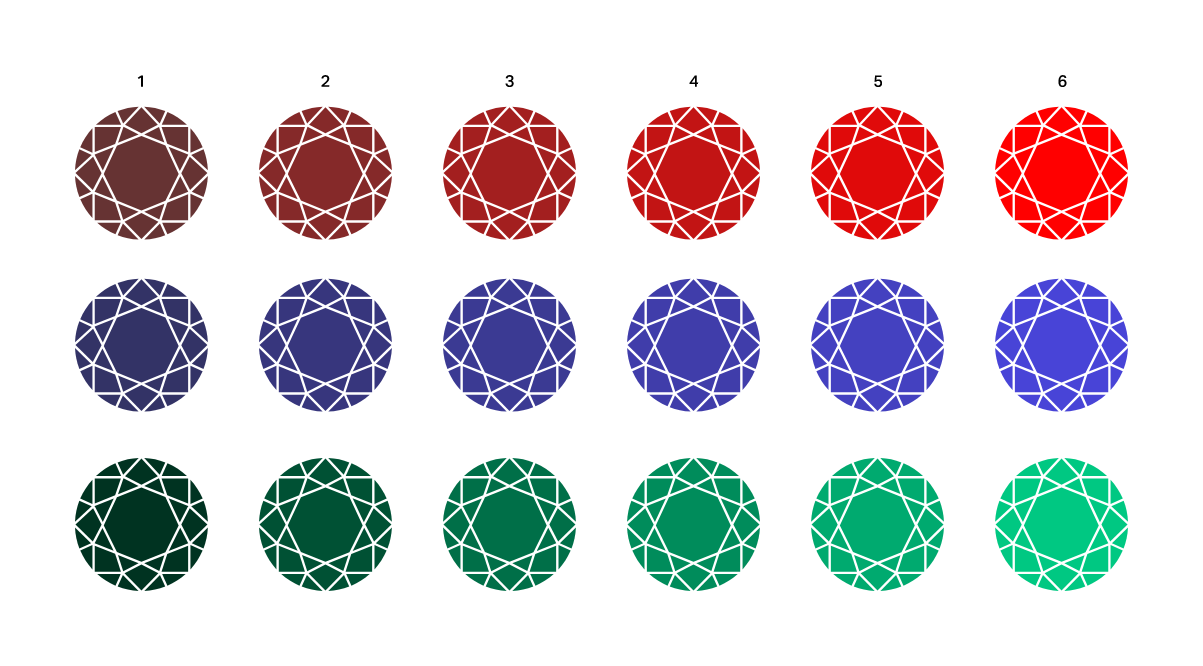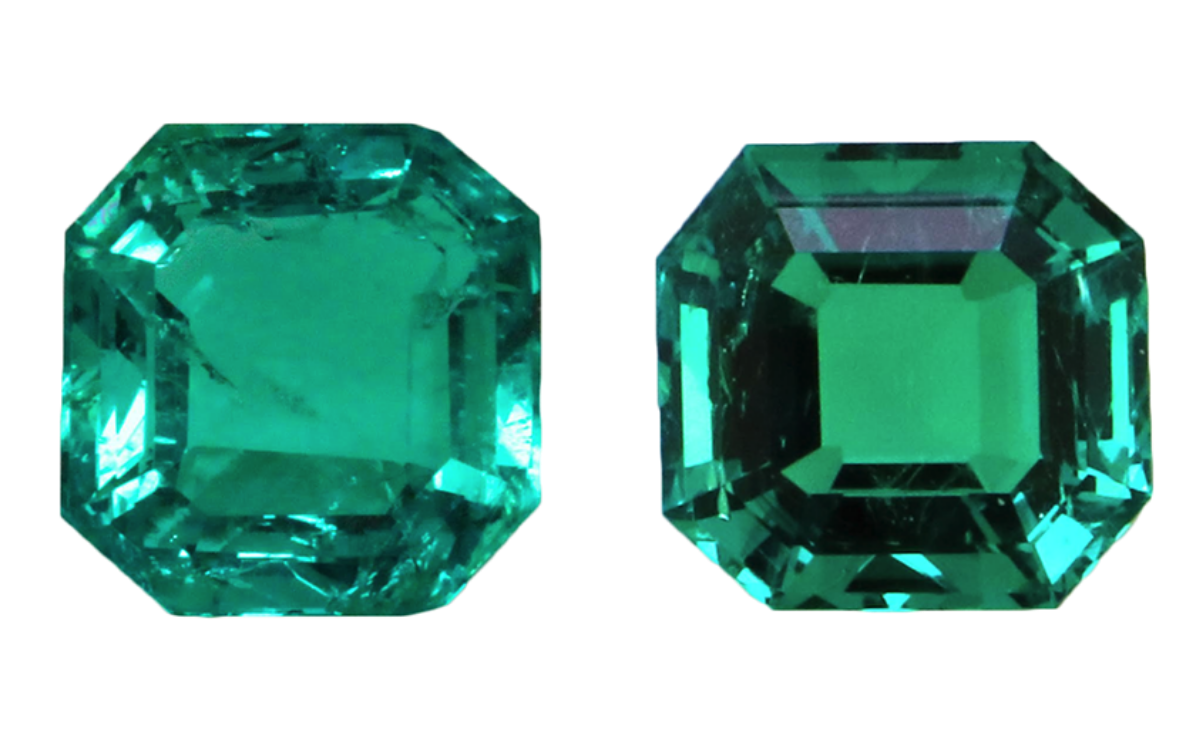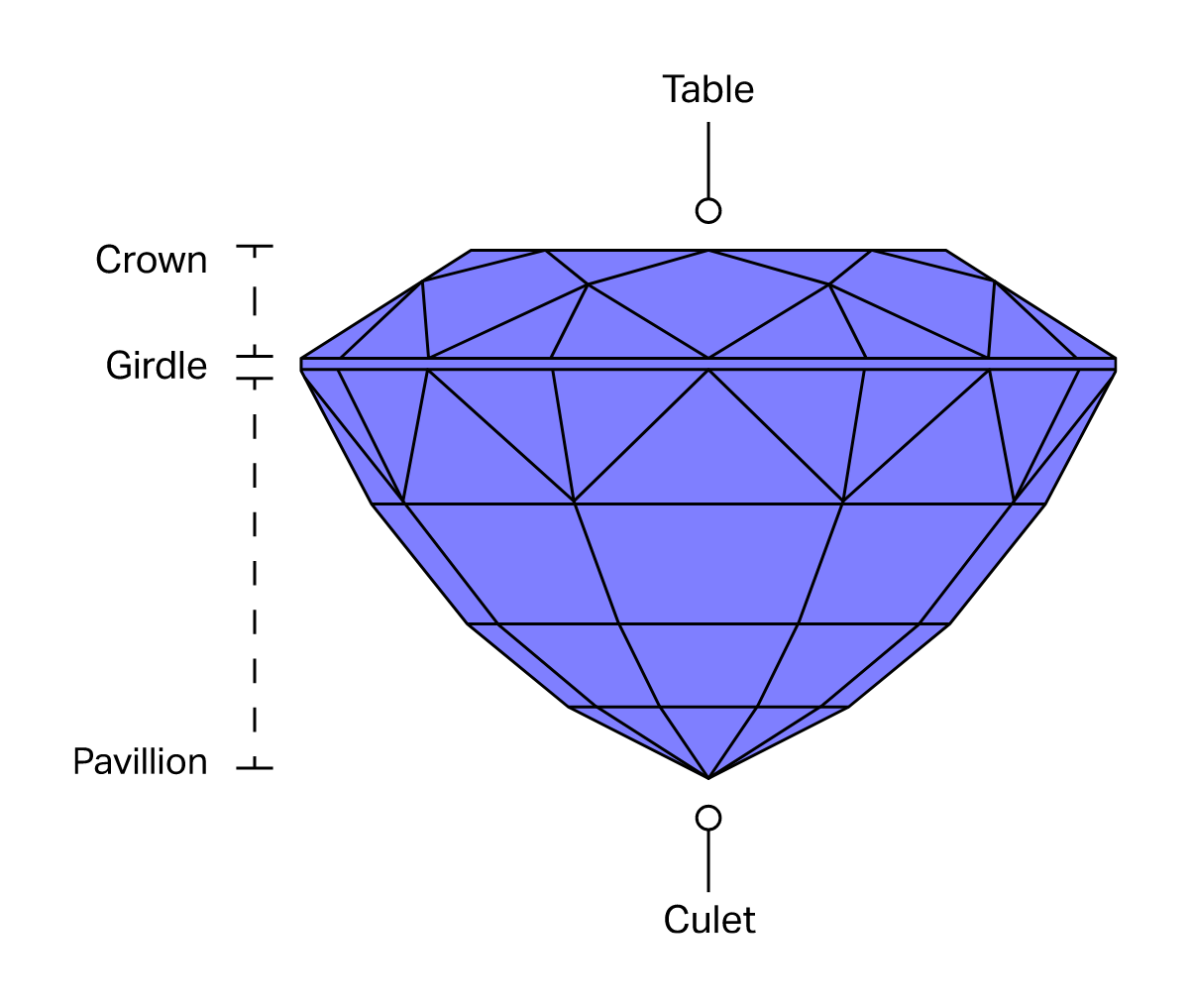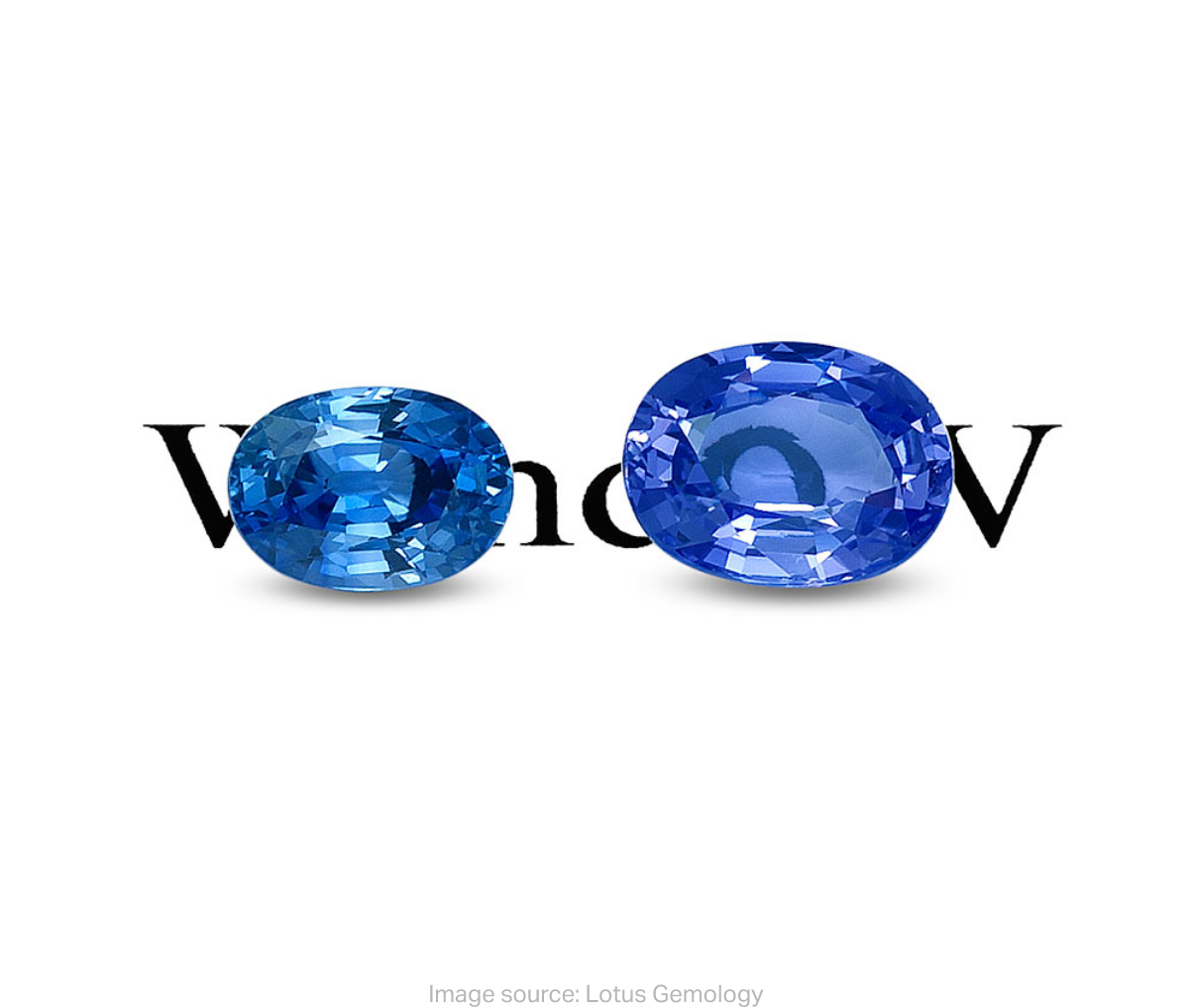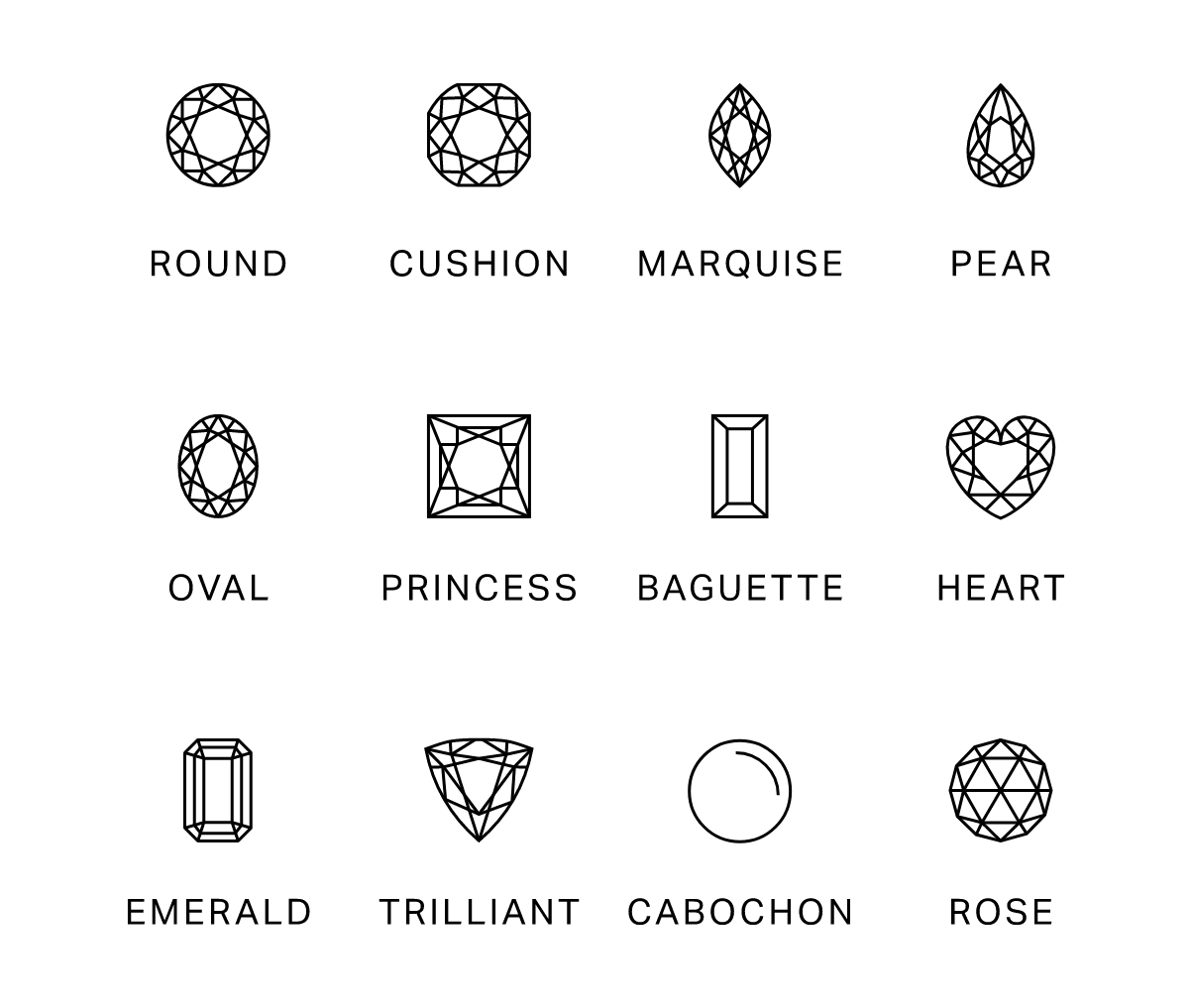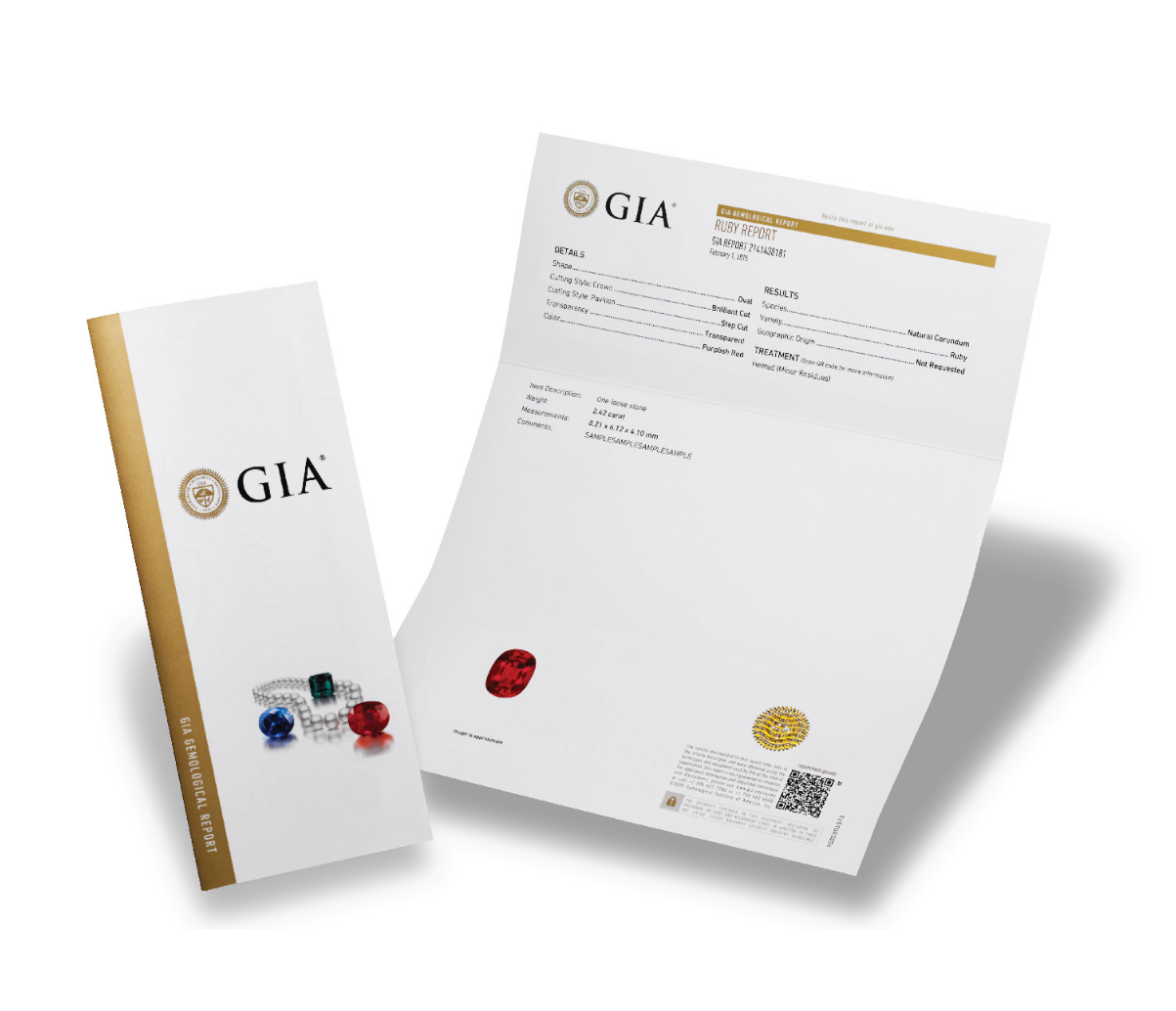Gemstone enhancements
Given the rarity and unique visual properties, nearly all coloured gemstones sold are enhanced using various techniques. Many of these techniques have been used for centuries. High quality coloured gemstones that are not enhanced are rare and command high prices. There are many methods of enhancing coloured gemstones. The most common enhancements are below.
Heat Treatment
The application of heat to enhance the colour and/or clarity of gemstones has been a common practice around the globe for centuries. It is part of the standard polishing and finishing process for many coloured gemstones. As such, it is accepted by the jewellery industry and the American Gem Trade Association. The enhanced colour and/or clarity of heat-treated gemstones is permanent.
Infusion
The filling of a gem material with an oil, wax, glass, resin or other material, coloured or colourless, to improve appearance. This process began centuries ago by gemstone merchants who found that immersing emeralds in oil or waxes made them look clearer to the unaided eye. This practice continues today with many coloured gemstones.
Coating
The use of wax, resin or oil applied to the exterior of a porous coloured gemstone to protect the natural substance and to improve sturdiness and appearance.
Bleaching
The application of chemicals or other elements to lighten or enhance colour consistency.
Dyeing
The act of adding colouring agents so that they permeate a coloured gemstone to enhance or alter the colour.
Irradiation
The alteration of a gemstone’s colour through the use of radiation. This is often followed by a heating process. The enhanced colour of irradiated gemstones is permanent.
Fracture or cavity filling
Filling surface-reaching fractures or cavities with glass, resin, wax or oil to conceal their visibility and improve the apparent clarity of gem materials, appearance, stability, or in extreme cases—to add a slight amount of weight to a gem. The filling materials vary from solids (a glass) to liquids (oils). In most cases, they are colourless (coloured filler materials could be classified as dyes).
Hight-Pressure High-Temperature Treatment [HPHT]
Heating a diamond to high temperatures under high confining pressures to remove or change its colour. Heating diamonds at high pressures and temperatures can remove or lessen their brownish colouration so the gem becomes colourless. Through this process, other types of diamonds may be transformed from brown to yellow, orangey yellow and yellowish green, or to blue colours.
Laser drilling
This involves using a narrowly focused beam of laser light to burn an open channel from the surface of a diamond to reach dark inclusions. This is generally followed by the use of a chemical forced into the channel to dissolve or alter the appearance of the inclusion. Diamonds are the only gemstones to be treated in this fashion, partly because only they can withstand the heat of a laser.
Lattice Diffusion
The penetration of certain elements into the atomic lattice of a gemstone during heat treatment to change or accentuate its colour.
The carat weight of a gemstone does not necessarily allow you to accurately envision the size. Different gemstones have different densities (mass per unit volume), so two gems that appear to be the same size may have very different weights. For example, a sapphire is more dense than a diamond, so a 1-carat sapphire will look smaller.
